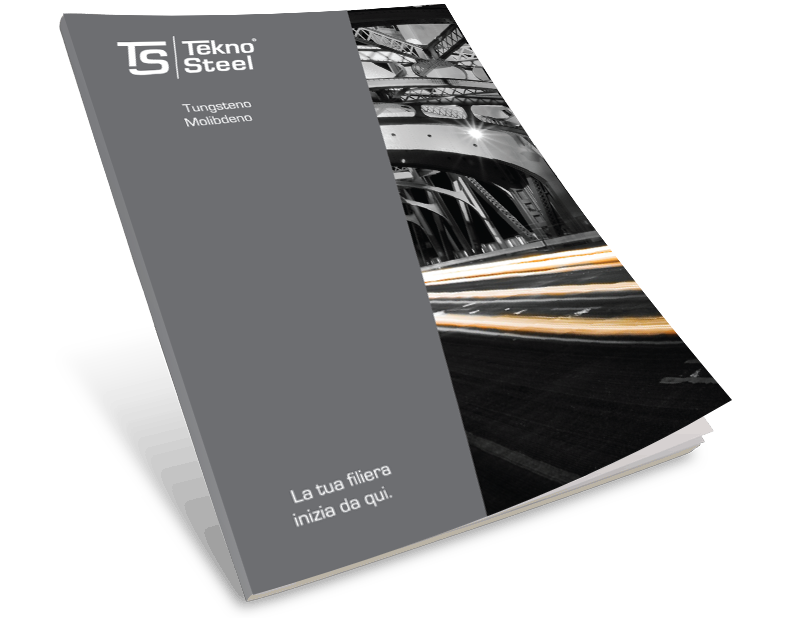Bronze – Graphite
The sliding elements with reduced maintenance requirements are used in the construction of tools and machines, mainly to achieve those parts that are subjected to sliding motion of linear or rotary. The material on which scrolling takes place is referred to as the base material, the mass of which there are formed, a very close distance between them, the alveoli containing solid lubricant.
Such material is able to withstand the maximum stresses in correspondence of: low sliding speeds, high pressures (loads) surface and high or low temperatures. The alveoli of solid lubricant are distributed according to homogeneous geometric arrangements, which provide for a mutual alveoli become coated in the same direction of scrolling, we are assured, to this effect, an optimal lubrication. The optimum flow conditions occur, also, when adopting for the opposite surfaces of which it comes to these materials, hardened and ground.
Before being put into operation, the sliding surfaces to be used must be rubbed with lithium-soap grease.
In the long run guides (for spans, etc..), ss well as in the case of plans rails guides, or angular, more than 25% of the sliding surface is covered by the alveoli of lubricant, while in the case of the guide bushes of this share of the surface exceeds 30%.
The sliding surfaces must be processed exclusively for rectification.
The various types of metal guide rails:
Standard (normal): Cases of general use up to 200 ° C
Special versions: On request
Advantages and drawbacks connected with the sliding elements with reduced maintenance requirements
• Good properties of emergency (the lubricating material)
• The low sliding speed and high surface load
• The possibility of employment within baths of water or chemical solutions
• The high or the low temperature environment
• Low vibration
The value of the product ‘P.V »
The load exerted on the support Admissable is determined starting from the specific load on the unit surface area and PV from the product, which is indicative of wear caused on the surface. The value of PV is, precisely, the product of the specific load on the unit surface area (P) multiplied by the flow velocity (V).
The allowable load on the support is derived from that of the product PV
PV = P x V (N/cm2 × m / min.)
P = F / A (N/cm2)
F = maximum load (N)
A = area covered by the projection of the support





